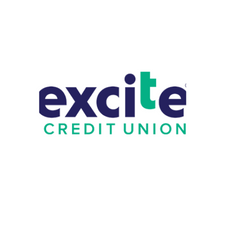When you conduct online searches, how often do you scroll down to the bottom of the page? Do you ever visit the second page of results? If you are like most people, the answer is not very often. Search engine rankings are a crucial component of online marketing.
Considering 77% of all organic clicks for a keyword are on one of the top three results, a Challenger Brand’s ranking on Google, Yahoo, and Bing can make or break a business. If you want to drive traffic to your site from search engines, then it is vital to boost your rankings by implementing a proper SEO, or Search Engine Optimization, strategy.
Notably, Challenger Brands may not always be able to compete against larger competitors for the most popular keywords. A sound Challenger Brand strategy should also include long-tail keywords that may be less popular. It’s not always about being number one; it’s about driving as much qualified traffic to your site as possible.
The rule to live by when incorporating keywords and SEO is “Content is King.” Adding quality pages to your site that provide useful information to the customer is the guiding principle to bolstering SEO. Beyond that, there are a number of techniques to boost your website’s search engine ranking that include link building, mobile integration and meta tagging.
However, if you are interested in implementing SEO tactics, proceed with caution. There are a number of penalties (ranging from a drop in ranking to blacklisting) that over-eager webmasters can inadvertently incur. Here are nine of the most common pitfalls to avoid:
Paid links – Payment made to another website in order to get a link to your own site. Link-backs should be organic, not purchased.
Missing an XML sitemap – Displays the inner framework and organization of your site’s content to the search engines. These make it easier for the search engines to read, categorize, and chronicle your site. The sitemap also needs frequent updates if you often add or modify content on your site.
Keyword stuffing – Occurs when a web page is loaded with keywords in the meta tags or in the content of a web page. Repeating keywords too often will be repetitive and read awkwardly. A good rule of thumb is an 8 – 36 keyword frequency for every 500 – 1000 words.
Unnatural link exchange – Excessive link exchanges or partner pages exclusively for the sake of cross-linking. Once again, links should only be included when they are relevant and useful for your readers.
Broken links – A connection to a URL that is not working properly, especially because it goes to a web page that is no longer available or which has moved to another server. Links to nowhere signal to search engines that this is not a well-maintained, user-friendly site.
Excessive use of H1 tags – Indicates the topic for the entire web page. This HTML code designates which headline is the most important and should only be used once, usually at the top of the page.
Meta description matches the body content – A snippet of HTML code in a web page header that summarizes the content that is on the web page. Meta descriptions should be 23 words or less, grab the reader’s attention, and feature one or two keywords.
Cloaking – Content presented to the search engine is different from that presented to the user’s browser. It is often used to trick readers into visiting a site that is substantially different from the search engine description.
Duplicate content – Having the same page present on your site under several separate URLs. Each page’s singular URL should be customized to incorporate the main keywords.
Google is constantly updating their search ranking algorithms and continuing their strict crackdown on shady SEO tactics. Avoid these common pitfalls and simply maintain honest content building practices.
Only link to sites that are relevant to your customer base and write copy that flows naturally and makes logical sense. That will make both customers and Google happy.









